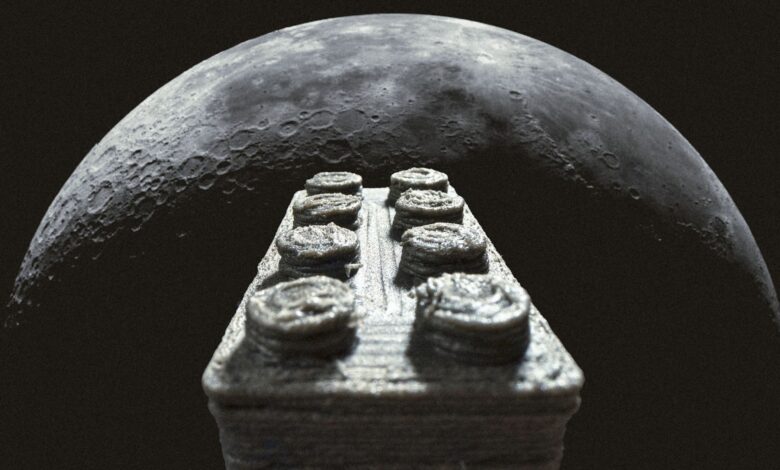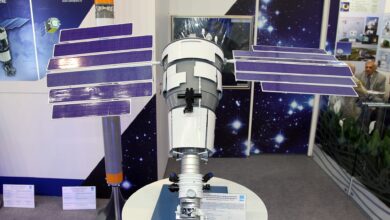A New Material for Building Structures on the Moon

[ad_1]
The European Space Agency (ESA) has taken a novel approach to tackle one of the most significant challenges of lunar colonization: building structures on the Moon.
Transporting construction materials from Earth to the Moon is not only impractical but also prohibitively expensive. Consequently, ESA scientists are exploring ways to utilize the Moon’s natural resources to develop sustainable construction methods, a strategy that could revolutionize how we approach space habitation.
ESA’s Innovative Approach to Lunar Construction
The Moon’s surface is covered with regolith, a layer of loose, fragmented material produced by billions of years of meteoroid impacts. This abundant resource provides a potential solution for construction needs. However, acquiring actual lunar regolith for testing is challenging due to limited quantities returned by missions such as NASA’s Apollo and China’s Chang’e 6. To circumvent this limitation, ESA scientists created an artificial version of lunar regolith by grinding up a 4.5-billion-year-old meteorite. This material was then used to 3D print LEGO-style bricks, which ESA refers to as “space bricks.”
The space bricks are designed to click together like regular LEGO bricks, offering flexibility in constructing various structures. Despite their rough texture and uniform space grey color, these bricks serve as a practical tool for testing building techniques in a simulated lunar environment. The idea behind this approach is to allow ESA’s space engineers to experiment with and refine their construction methods before actual lunar missions.
Testing and Display of Space Bricks
Fifteen of these space bricks are set to be displayed at the Lego House in Billund, Denmark, and select Lego stores worldwide. This exhibition aims to engage the public and demonstrate the potential of using extraterrestrial materials for future space exploration projects.
The ability to construct habitats and other necessary infrastructure on-site could significantly reduce the need for Earth-based supplies, making long-term lunar exploration and eventual colonization more feasible.
ESA’s initiative also underscores the collaborative spirit of space exploration, drawing on past missions’ insights and advancing new technologies to address contemporary challenges.
The Broader Implications for Lunar Exploration
This innovative use of meteorite dust highlights the importance of in-situ resource utilization (ISRU) in space exploration. By leveraging materials found on the Moon, ESA is paving the way for more sustainable and cost-effective lunar missions. The success of projects like ESA’s space bricks will play a crucial role in turning the vision of building sustainable habitats on other celestial bodies into reality.
The development of space bricks is just one step toward establishing a permanent human presence on the Moon. Future research and testing will need to address various challenges, including the durability of these structures in the harsh lunar environment, the logistics of large-scale construction, and the potential health impacts on astronauts working with regolith-based materials.
Continued innovation and international cooperation will be essential in overcoming these hurdles. The insights gained from ESA’s space bricks project will not only contribute to lunar exploration but also provide valuable lessons for future missions to Mars and beyond.
As space agencies worldwide push the boundaries of what is possible, the dream of building sustainable habitats on other celestial bodies is becoming increasingly attainable. The success of projects like ESA’s space bricks will play a crucial role in turning this vision into reality.
[ad_2]
Source link




